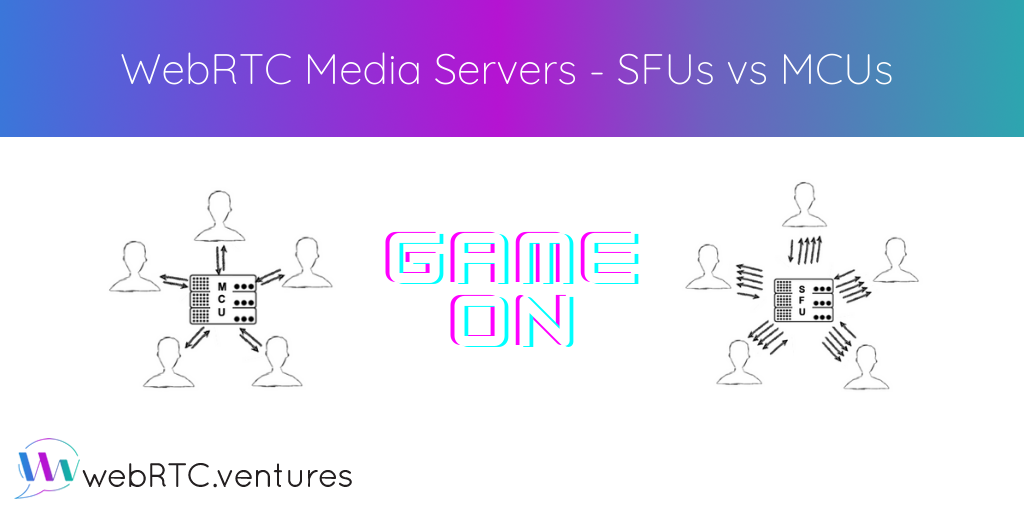
MCUs are time-tested approaches to setting up conferences via bridges. Conference bridges add centralized call and media features like mixing, quality control, secure PIN-based access, and more. They are also ideal for connecting mixed streams with media pipelines for recording, broadcasting or plugging into machine learning models. Altanai shows us how to configure FreeSWITCH as a WebRTC Multipart conferencing server using a video mixer and conference bridge.

SFU has become a popular WebRTC topology for connecting through a centralized server to support a medium-sized VoIP conference. Altanai reviews the differences between Mesh, MCU and SFU for handling media streams and demonstrates Asterisk’s SFU configuration for WebRTC endpoints.

For our 57th episode of WebRTC Live, Arin Sime was joined by Anton Venema, CTO at LiveSwitch Inc for a deep dive into successfully scaling your WebRTC application in today’s technological landscape. They discussed the basics of scalability and media servers, optimizing for client vs. server efficiency, RTP packets and streams, bitrate management, the benefits of using a CPaaS to scale, and more. Watch it here!

There are many different ways to handle the video and audio streams in your WebRTC application. In this post, Arin Sime considers the line of decisions around open source media servers. First, whether to use one at all, as opposed to pure peer-to-peer architecture. Then, whether to choose an SFU or an MCU. The answers, as they usually do, rest in your use case.






